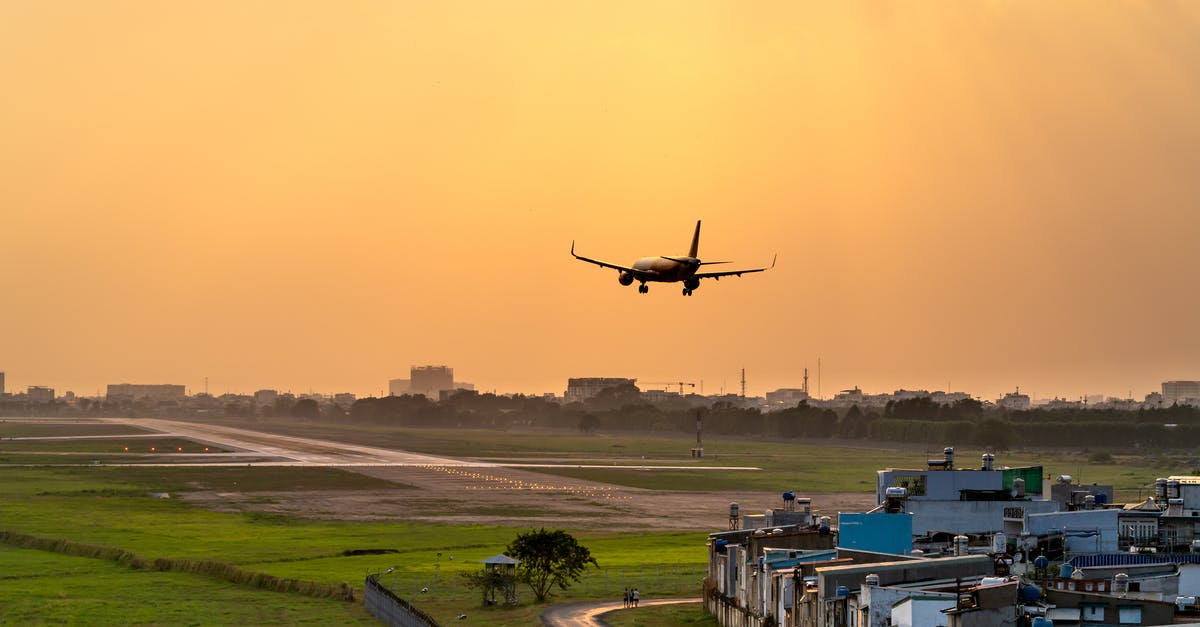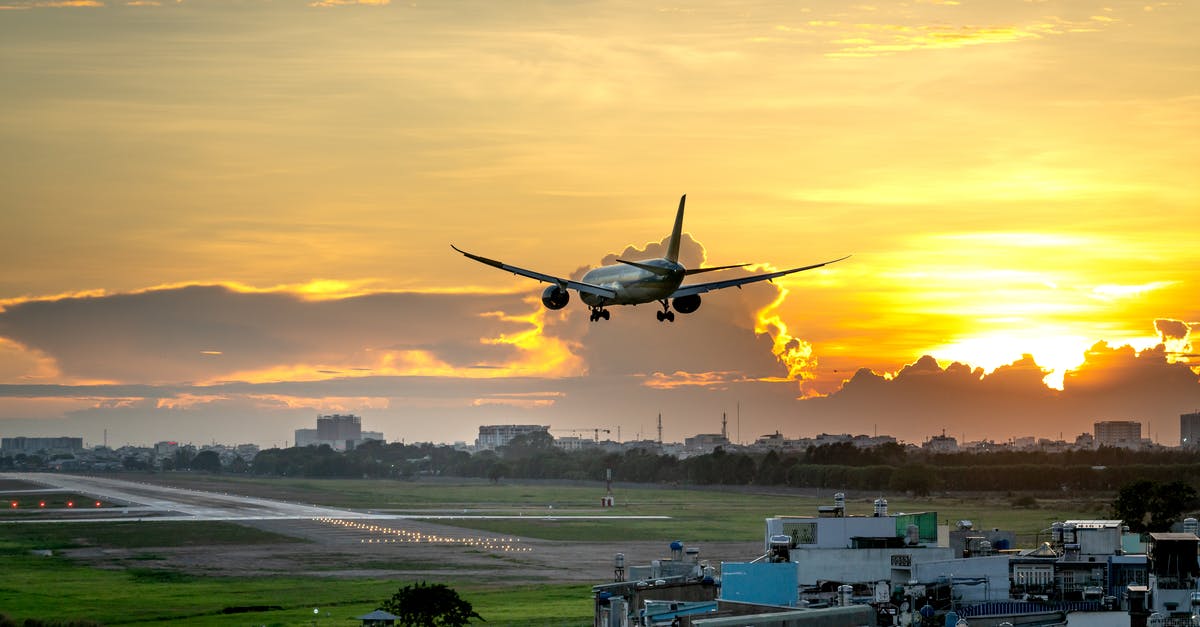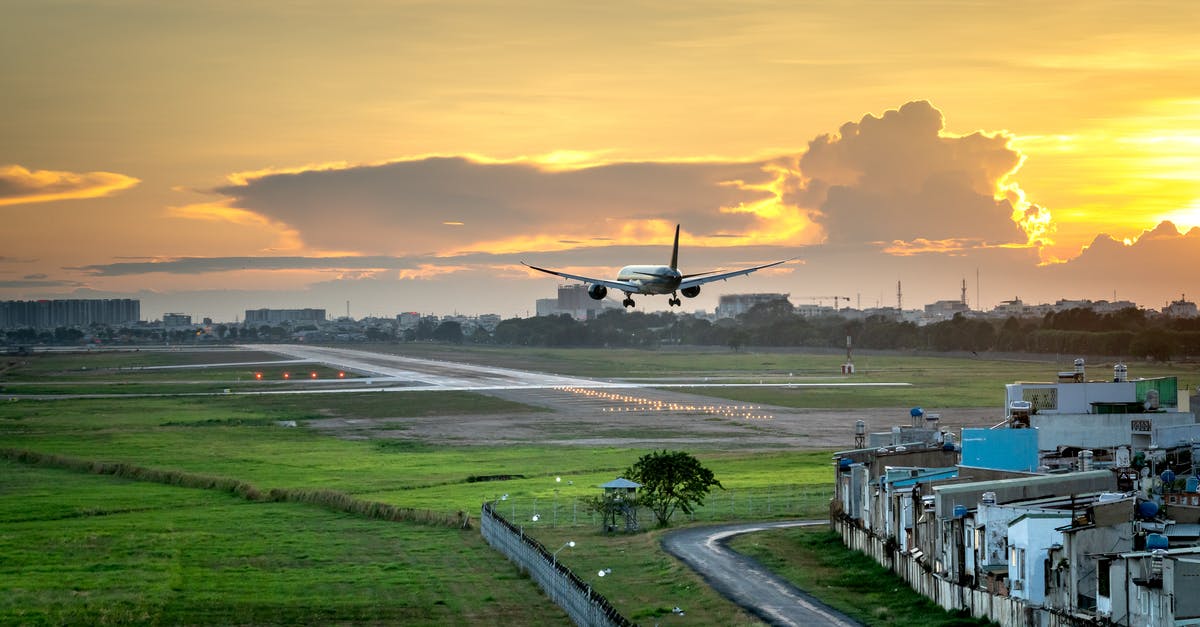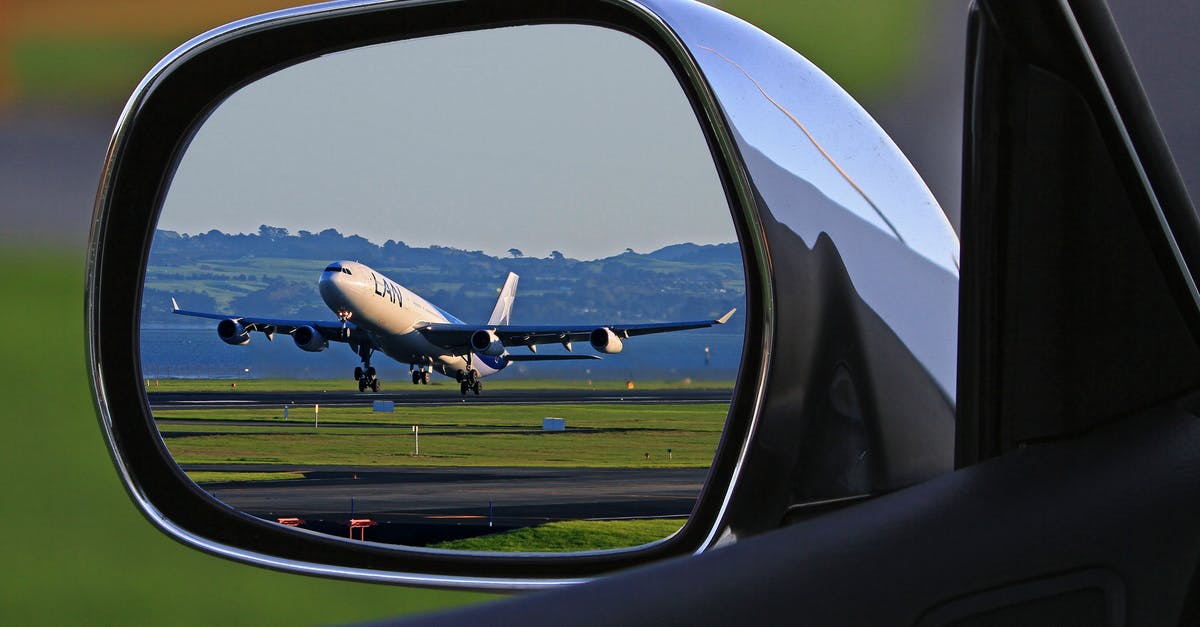Ward off bedbugs on airplane

Apparently the problem of bedbugs resurgence has now spread to aircraft flown by commercial airlines as seen in:
- this 2017 Ars Technica story
- this 2016 story on The Telegraph
- a different 2016 story, reports of flight crew rest-break bunks infestation
- this 2011 story in DailyMail.co.uk
Is there some way to defend oneself from possible bedbug infestation on an airplane?
Best Answer
Allen R. Brady's answer here on preventing your home being infested when you get home is very good, but doesn't cover the (very unlikely, but it does happen) possibility of someone sensitive to bedbug bites suffering the same fate as the BA passengers in the first linked article, being stuck for hours on an infested long-haul flight.
I react unusually badly to bedbug bites (most/many people don't react at all), sometimes swelling up so quickly and painfully I can catch the buggers red-toothed, and while I've thankfully never encountered any on a plane (once on a train, but that was easy, I just stood the whole way), I've encountered enough infestations to learn a trick or two that can be used if you're unlucky enough to find yourself stuck on an infested plane.
Note: these won't prevent being bitten, bed bugs are relentless buggers, but might help reduce the number of bites you get.
- Stand up for long stretches. It's harsh on your fellow travellers, but periodic long trips to the toilet and standing areas are useful for making your seat less attractive than theirs to a hungry bug attracted to things like human scent and CO2 from breathing. Visiting the brightly lit toilet is also a good chance to check yourself for bugs and bites
- Turn on the reading light. Bedbugs dislike light and prefer darkness. Not enough to stop a hungry bug walking through light to bite someone (and in one exceptionally bad infestation, I once saw a bug casually stroll across a white wall in broad midday daylight), but the plane is full of other humans they could be biting. Put the reading light on, and while it won't stop you being bitten, it'll help make you and your seat one of the less attractive targets (especially if you leave it empty for longish periods)
- If you can, use clothing to limit where they can bite you. For example, tuck trousers into socks (but be aware they can bite through some socks), and tuck your top in to your belt (just above belt line is a place they love to bite). Your upper half is much harder to protect, though you might be able to stop them getting inside your top - for example, if you're wearing something like a fleece jumper, you could partially roll up the sleeves until they're tight, do the zip on the neck up all the way, then tuck it inside itself slightly so it's slightly tight on your neck. Once you've restricted their options, you might be able to prevent some bites and squash some bugs by keeping an eye on whatever's still exposed (checking hands/arms is relatively easy, neck and face are obviously more difficult...)
- If you can, use insect repellent strategically. Bedbugs don't like walking across surfaces with some types of insect repellent on them (including DEET). If you're exceptionally worried about this, small carry-on compatible (<100ml) insect repellents such as roll-ons applied to exposed areas (face, neck, arms including under sleeves, ankles under socks) will make you an even less attractive target (but still won't make you immune or stop bugs hitchhiking on your clothes). Maybe the flight attendants might have some you can use in among their medical supplies.
- If desperate, try to use smooth surfaces as barriers. The smoother a material, the more difficult bed bugs will find it to walk across it or up it with their hooked feet. However, many materials that appear smooth to us actually still have enough invisible-to-the-naked-eye texture for the hooks to latch on to, or are soft enough to hook into. For example, there are videos of bed bugs successfully climbing some plastic cups and not others. But if you're desperate, you can try to to deter them with some well-placed plastic, and you might be lucky and find it's smooth enough. For example, you could try putting your feet inside the bag the airline blanket came in (so they'd need to climb it to reach your feet from the ground or footrest), and sit on an opened out plastic bag (so they'd need to cross it to reach where you sit), while leaning forwards so they can't get to your back or neck from the seat back (don't do this during turbulence or for long periods!). This is a lot of trouble, however, and might completely fail if it's not smooth enough plastic, so it's a real last resort.
But really, don't worry too much. Yes, it's rather gross, but life's a bit gross when you think about it - for example, we're literally crawling with bacteria all the time. If you're one of the many people who don't react to bites, the main issue is preventing them infesting your home (see the other answer).
I don't worry about the remote possibility when travelling even though when the buggers bite me each bite swells about 4cm in diameter and multiple bites make me feel worryingly sedated. Just take appropriate action if you are unlucky, and don't stress about it the 99.99% of the time you aren't.
Pictures about "Ward off bedbugs on airplane"



How do you prevent bed bugs on a plane?
Follow these tips:Can you get bedbugs from an airplane?
Apparently, you can get bed bugs on an airplane. Yup \u2013 they're not just on beds, these bugs like to catch flights too. Bed bugs are little pests that grow to the size of an apple seed. They're known for feeding off of blood, thus causing itchy and blotchy spots on their human hosts.How do you deal with bed bugs when traveling?
You need to hot wash all of your clothing and then put them through a dryer. Heat kills bed bugs. A hot wash and dryer is the easiest and fastest way to kill any bed bugs that are on your clothing. Depending on where you're traveling, a dryer can sometimes be difficult to find.Can bed bugs survive in checked luggage?
Protect Your Luggage Once bed bugs burrow themselves into the crevices and seams of your suitcase, they can stay alive without a feeding for up to four months.Bed bug infestation on British Airways flight a nightmare for passengers
More answers regarding ward off bedbugs on airplane
Answer 2
As noted in some of the comments, the chances of actually picking up bed bugs from a commercial airline flight are extremely small. So it might be best to think in terms of how to avoid picking up a bed bug infestation while traveling in general.
While you could diligently inspect every airplane, train, taxi and hotel room you encounter on your travels, it's probably a lot more practical to deal with the issue when you get home. Your real concern is preventing any infestation from taking root in your home. The easiest way to do that is to immediately unpack your suitcase and throw all of your travel clothes, including the ones you wore on the flight, into the laundry. Bed bugs will not be able to survive a hot wash and even a low dry cycle (see https://www.realsimple.com/health/preventative-health/how-to-prevent-bed-bugs#bed-bugs for more info).
Now, are you also concerned about your suitcase or carry-on bags? If so, before putting them away, wrap them in garbage bags and throw a few insect-repellant strips in with them. This will keep them away from your bed, carpets and furniture, and by the time you unwrap the suitcases again, any hitchhikers you picked up will be dead.
Sources: Stack Exchange - This article follows the attribution requirements of Stack Exchange and is licensed under CC BY-SA 3.0.
Images: Quang Nguyen Vinh, Quang Nguyen Vinh, Quang Nguyen Vinh, Pixabay
